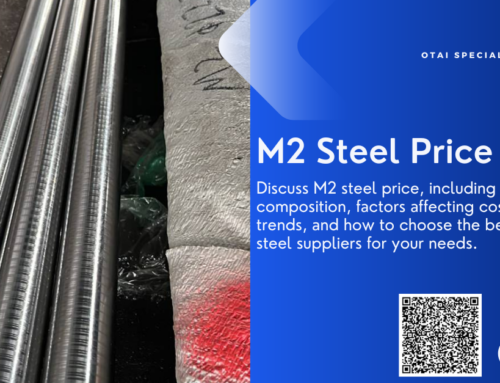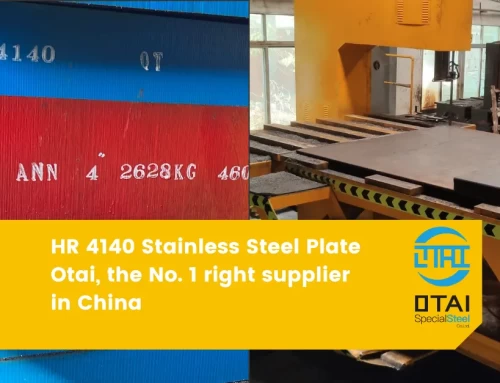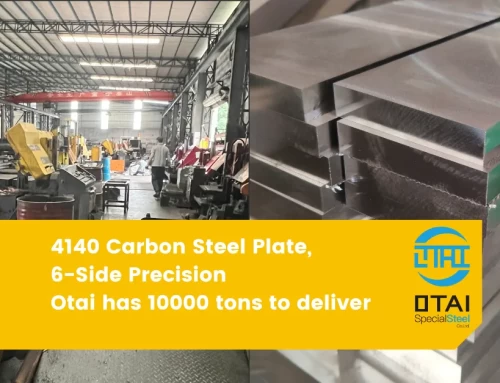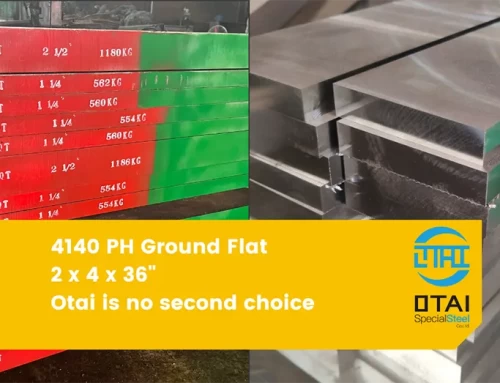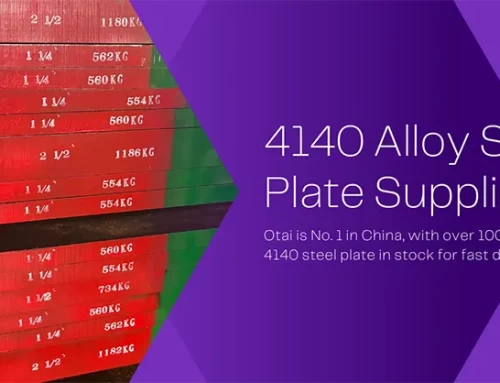Plastic mold steel is one important material for the whole molding industry. Mould steel provides the necessary strength and durability for long-lasting molds. But how do you choose the right steel materials for your need, as there are difference hardness. Let’s talk about the mold steel hardness difference for three common plastic mold steel: 1.2311, P20, and 1.2738 today.
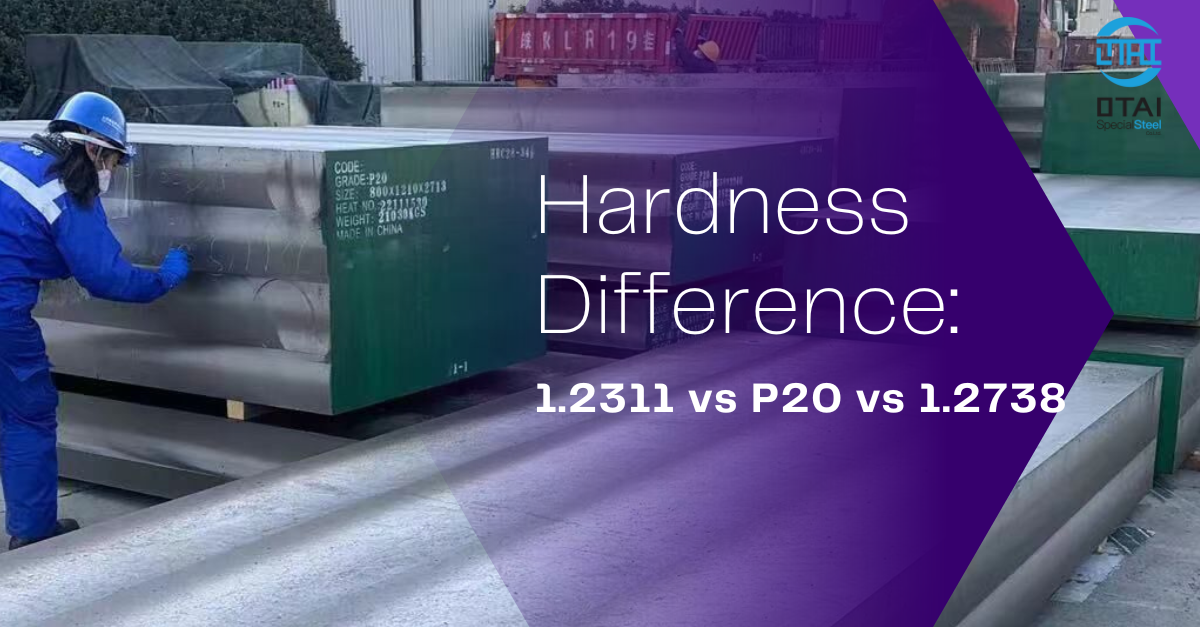
Introduction of Plastic Mold Steels
What is Plastic Mold Steel?
Plastic mold steel is a type of tool steel specifically designed for plastic molding. Due to the demands of plastic molding, these steels are with certain properties like hardness, wear resistance, and thermal stability.
Importance of Hardness in Mold Steels
Hardness is a very important factor in mold steels. It determines how well the mold can withstand the pressures of injection molding and resist wear over time. A harder mold steel will have a longer lifespan, but it’s also essential to balance hardness with other properties like toughness and machinery property.
Detailed Comparison 1.2311 vs P20 vs 1.2738
DIN 1.2311 Plastic Mold Steel
Overview
1.2311 steel is a popular pre-hardened plastic mold steel. It’s known for its balanced combination of hardness, toughness, and thermal stability.
Hardness and Properties
Typically, 1.2311 has a hardness range of 28-32 HRC. This hardness ensures good wear resistance, making it suitable for medium-sized molds.
ASTM P20 Plastic Mold Steel
Overview
P20 steel is perhaps the most widely used plastic mold steel. It’s pre-hardened, which means it can be used without further heat treatment, saving time and costs.
Hardness and Properties
P20 steel generally has a hardness between 28-34 HRC. It offers excellent polishability, making it a top choice for molds that require a high-quality finish.
DIN 1.2738 Plastic Mold Steel
Overview
1.2738 steel is a more upgrade materials for the P20 mold steel. It contains added nickel, which gives it better hardness and polishability.
Hardness and Properties
With a hardness range of 33-37 HRC, 1.2738 is harder than both 1.2311 and P20. This makes it ideal for larger molds or those that require a longer lifespan.
Applications for Plastic Mold Steel
Which Steel to Choose for Specific Molding Needs?
- For medium-sized molds: 1.2311
- For high-quality finish requirements: P20
- For larger molds or extended lifespan: 1.2738
Conclusion
Choosing the right plastic mold steel is crucial for the success of any molding project. While 1.2311, P20, and 1.2738 all offer unique advantages, understanding their hardness differences can guide you to the best choice for your specific needs.
FAQs
- What is the primary use of 1.2311 mold steel?
- Primarily used for medium-sized molds due to its balanced properties.
- Is P20 suitable for high-polish molding applications?
- Yes, P20 offers excellent polishability, making it ideal for such requirements.
- How does 1.2738 compare to P20 in terms of hardness?
- 1.2738 is generally harder than P20, making it suitable for larger molds.
- Can I use 1.2311 for large molds?
- While possible, 1.2738 or P20 might be more suitable due to their hardness and properties.
- Do all these steels require post-molding heat treatment?
- No, these are pre-hardened steels and can be used without further heat treatment.

